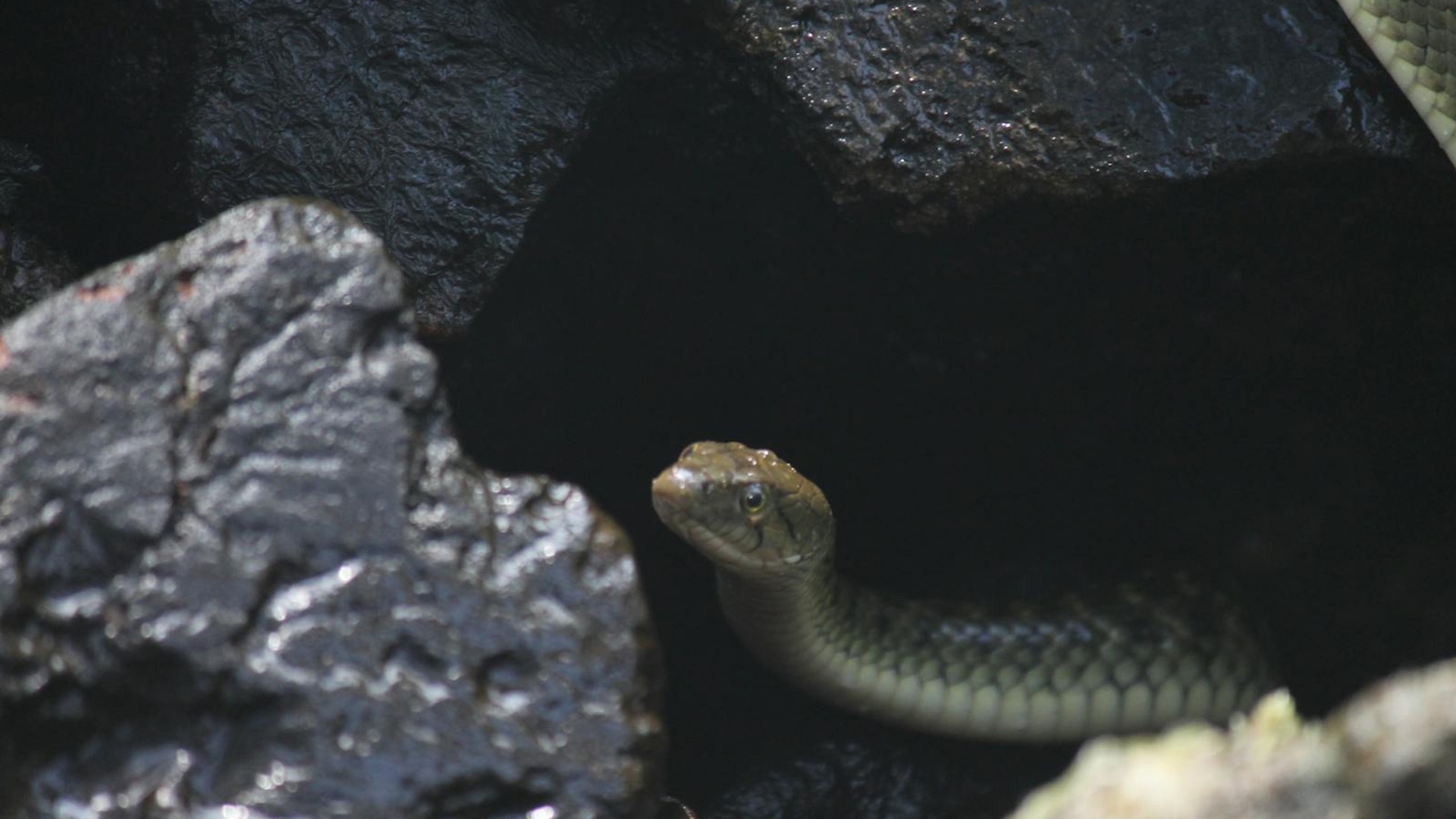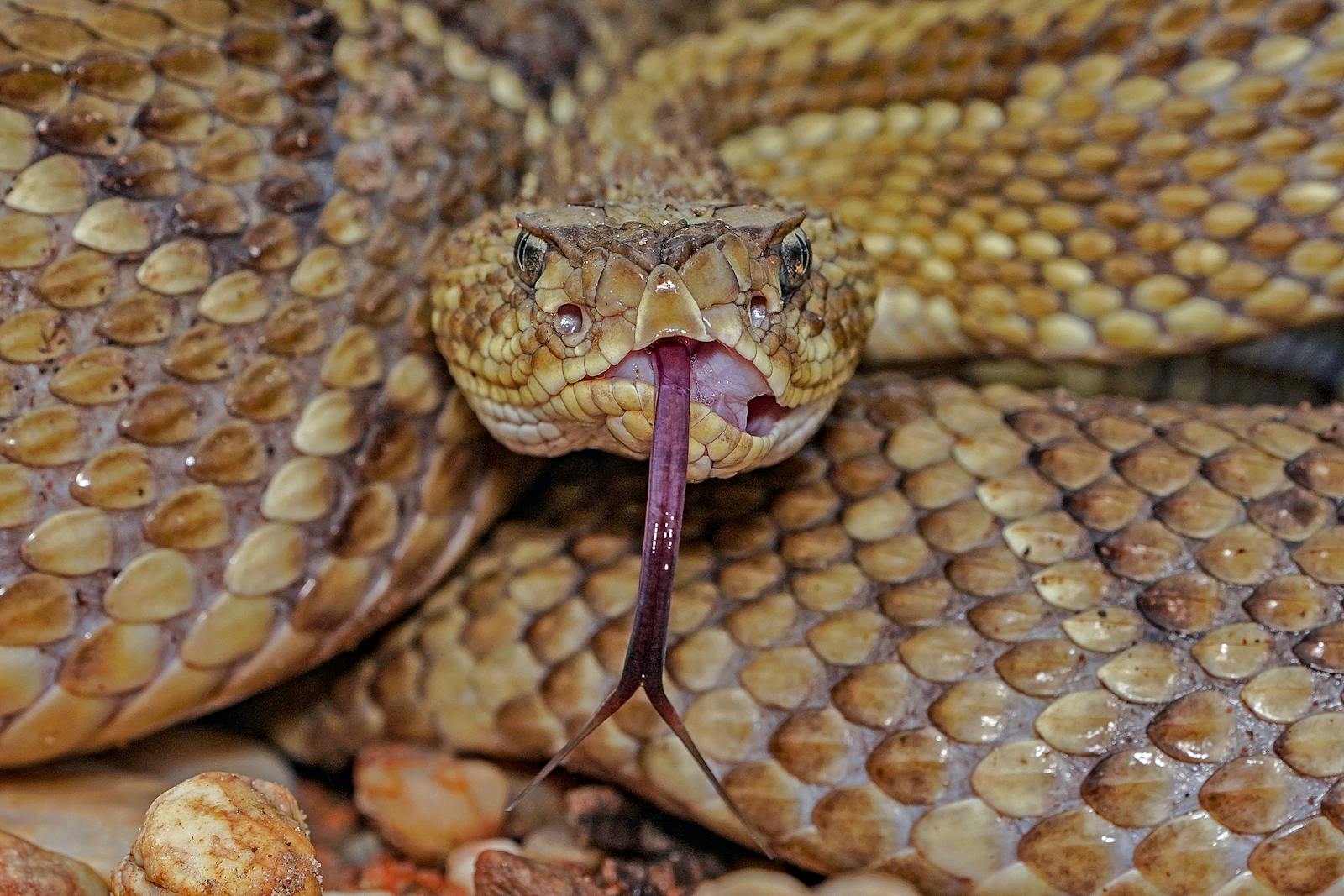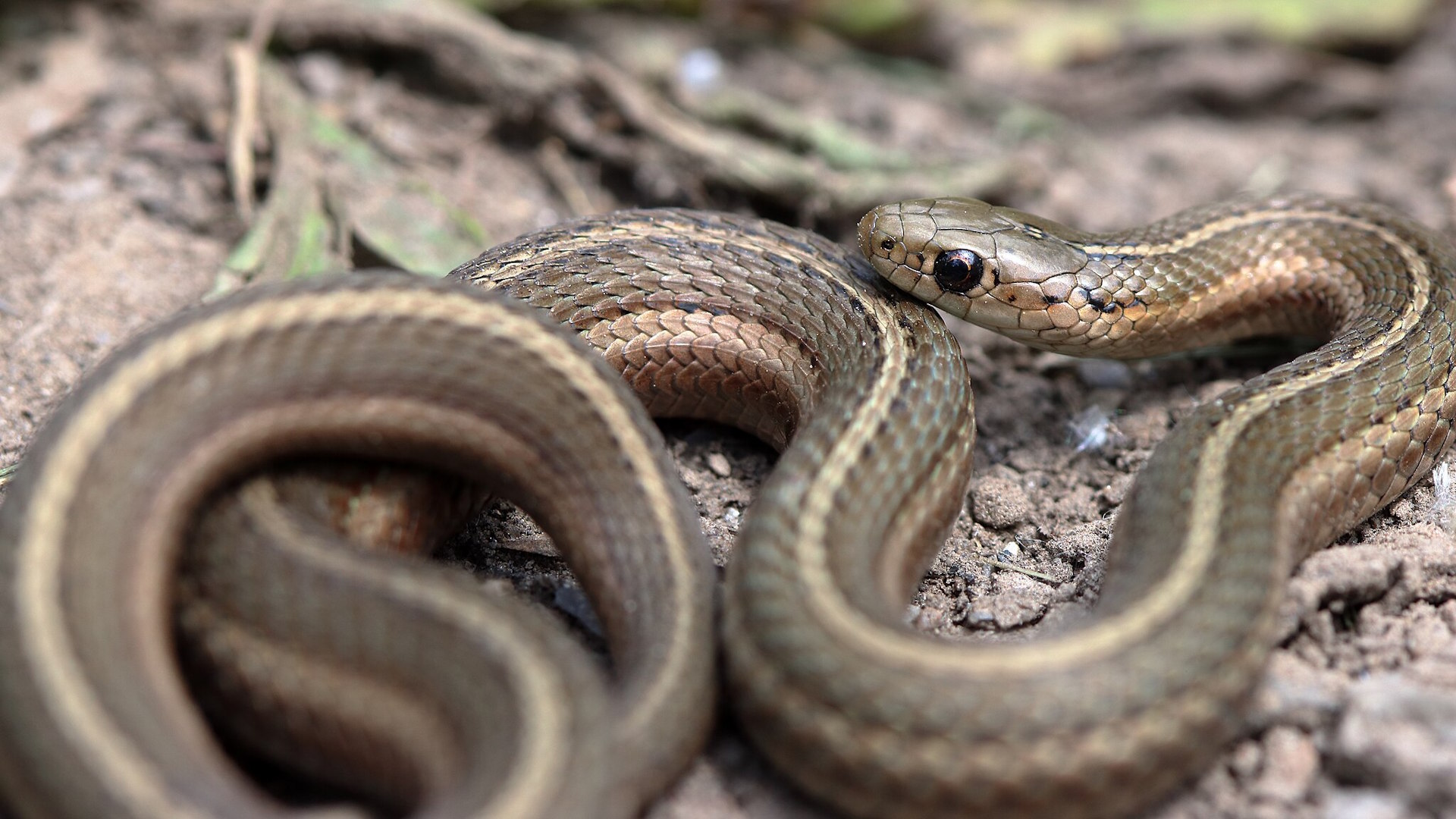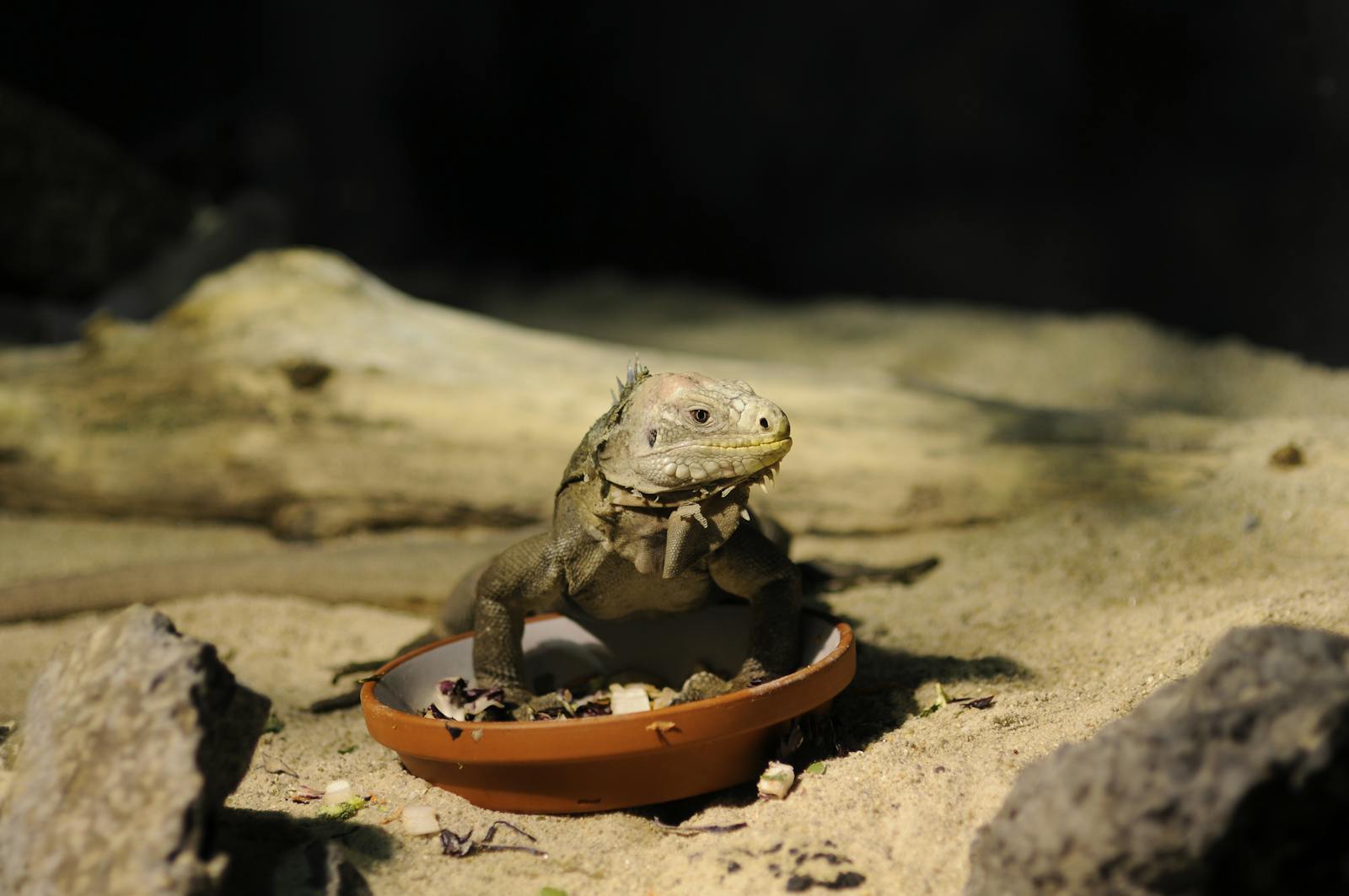Reptiles may not express themselves like mammals, but they certainly communicate their discomfort in subtle yet noticeable ways. As snake owners, recognizing these signs of stress is crucial for maintaining your pet’s health and well-being. Stress in snakes can lead to serious health complications including reduced immunity, feeding problems, and even premature death if left unaddressed. Understanding your serpent companion’s behavior is the first step toward providing proper care and ensuring they thrive in captivity. This article will help you identify the five key indicators of stress in snakes and provide guidance on how to create a more comfortable environment for your scaly friend.
Understanding Snake Stress: The Silent Suffering
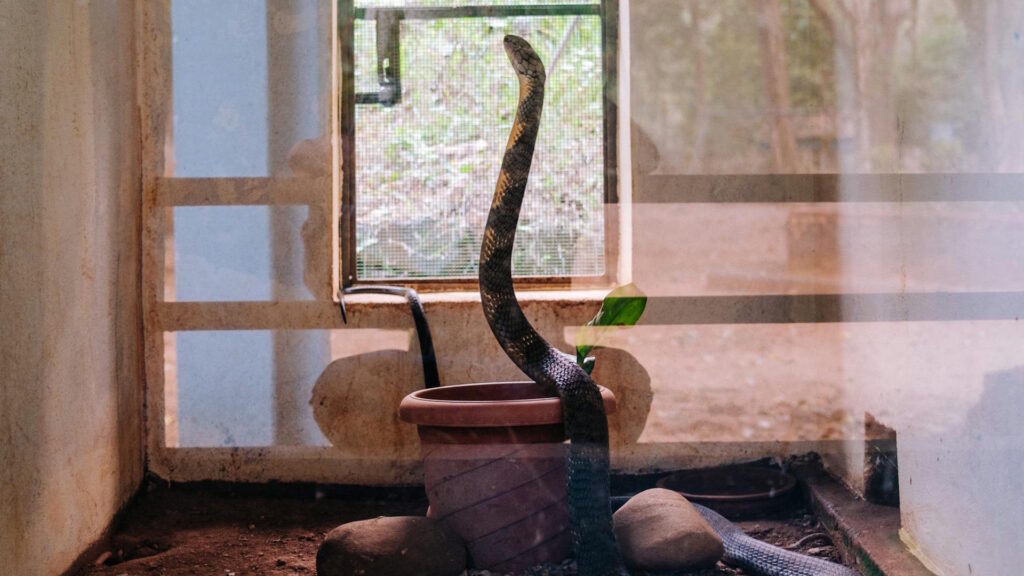
Unlike mammals that might vocalize or display obvious signs of distress, snakes experience stress more quietly, making it challenging for owners to recognize when something is wrong. Stress in reptiles is physiologically similar to what humans experience – their bodies release stress hormones that can affect multiple systems and functions. For snakes in captivity, stress commonly stems from improper housing conditions, handling issues, or environmental factors that don’t match their natural habitat needs. Chronic stress suppresses a snake’s immune system, making them more susceptible to infections and diseases. Recognizing stress early allows for timely intervention, potentially preventing serious health complications that could threaten your pet’s life.
Sign #1: Unusual Hiding Behavior
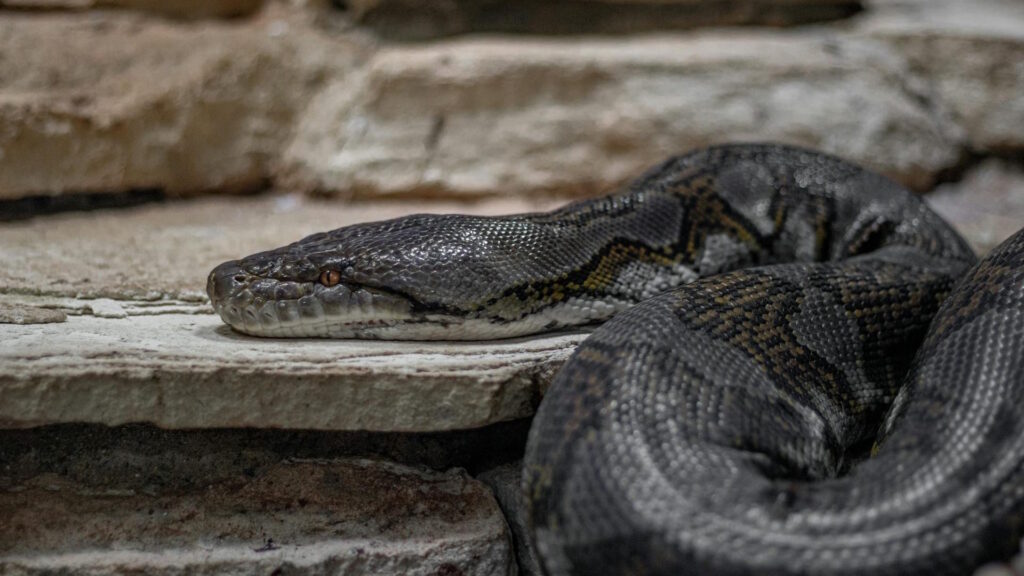
While snakes naturally spend time concealed in their habitats, excessive hiding often indicates stress. A content snake typically alternates between hiding and exploring its environment, particularly during its active periods. If your snake suddenly begins spending all its time hidden, especially in unusual places like beneath water dishes rather than in provided hides, this could signal discomfort. Some stressed snakes may even attempt to escape their enclosure repeatedly, pushing against the walls or ceiling of their habitat. This behavior is particularly concerning as it shows your snake perceives its environment as threatening or unsuitable. Monitor how your snake uses its hiding spots – a healthy snake uses them for security and thermoregulation, while a stressed snake uses them to avoid perceived threats.
Sign #2: Defensive Posturing and Striking

A snake that frequently adopts defensive postures is communicating clear distress. These postures vary by species but often include coiling tightly, raising the head in an S-shape, hissing, or even striking when approached. While some defensive behavior during initial handling is normal, a well-adjusted snake should become more tolerant over time. If your normally docile snake suddenly begins striking at you through the glass or displaying threat postures when you simply enter the room, something in its environment is causing significant stress. Remember that defensive behavior is your snake’s way of saying it feels threatened and unsafe. Some species like ball pythons might roll into a tight ball with their head protected in the center – a classic stress response requiring immediate attention to the underlying cause.
Sign #3: Abnormal Feeding Patterns
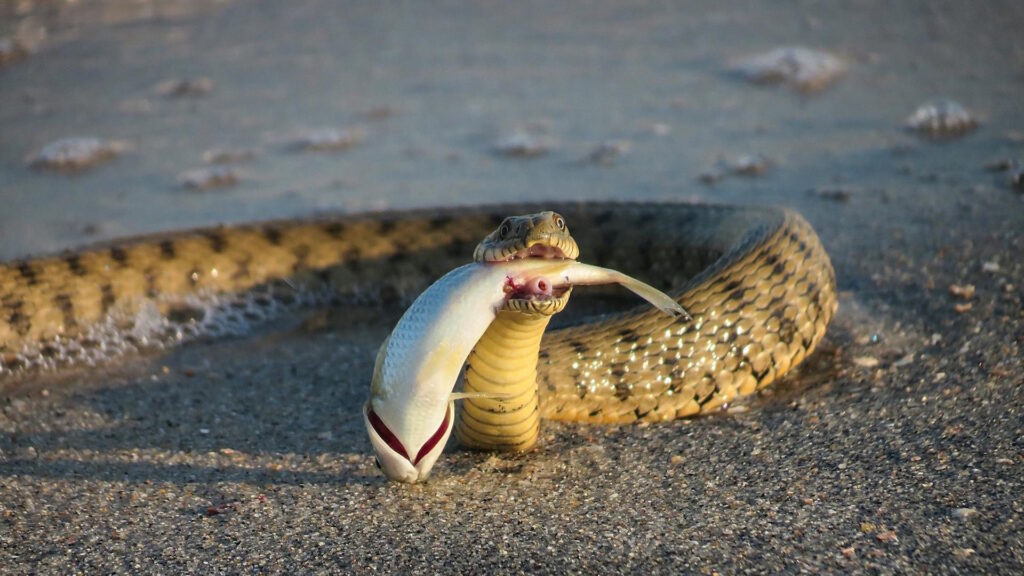
Changes in appetite often serve as one of the most reliable indicators of stress in snakes. A stressed snake may suddenly refuse food for extended periods, even when presented with favorite prey items. While seasonal fasting can be normal for many species, consistent food refusal outside breeding or shedding cycles warrants investigation. Some stressed snakes may strike at food but then release it rather than consuming it, indicating agitation or anxiety. In other cases, regurgitation after eating may occur if the snake is handled too soon after feeding or if environmental conditions are inappropriate. It’s important to note that feeding problems can quickly lead to health decline in snakes, particularly in younger specimens that have fewer fat reserves, making this sign one that requires prompt attention.
Sign #4: Irregular Shedding Patterns
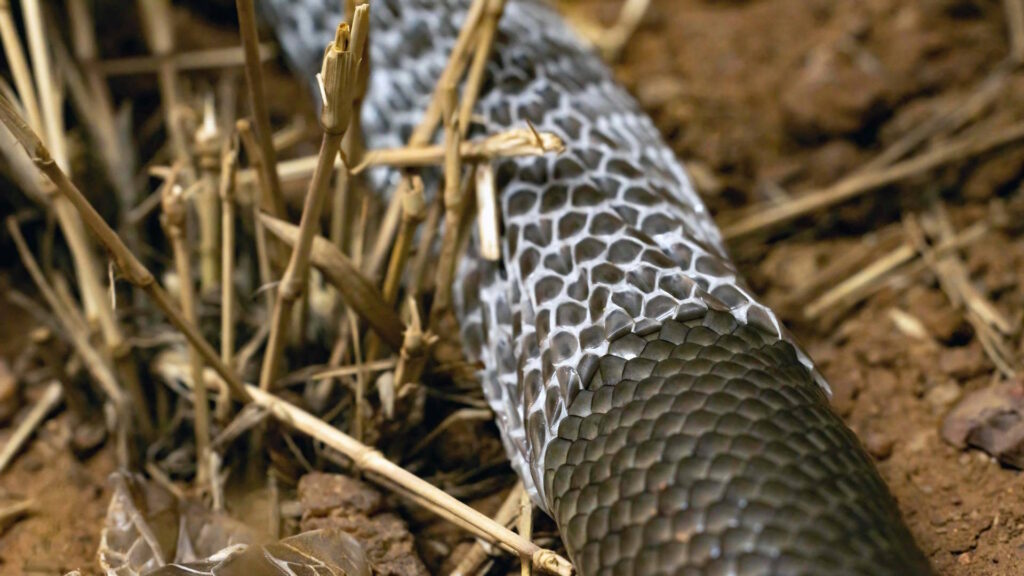
Healthy snakes shed their skin in one complete piece, from nose to tail tip. Stress can significantly disrupt this natural process, resulting in incomplete or difficult sheds where skin comes off in patches rather than as a whole unit. This condition, known as dysecdysis, often manifests as retained eye caps or skin sections that remain stuck to the snake’s body. Environmental factors like inadequate humidity or improper temperatures commonly contribute to shedding problems, but psychological stress is an equally important factor. If your snake experiences multiple problematic sheds despite appropriate humidity levels, underlying stress may be interfering with normal physiological processes. Retained shed can lead to serious complications including infections, circulation problems, and visual impairment if eye caps remain in place, making this sign particularly important to address promptly.
Sign #5: Unusual Body Positioning

The way a snake positions its body can reveal much about its comfort level. A stressed snake may adopt unnatural positions such as “stargazing” (holding the head up at an awkward angle), corkscrewing its body, or lying completely straight and rigid rather than in natural, relaxed curves. These positions can sometimes indicate neurological issues, but they frequently appear as stress responses to environmental factors like inappropriate temperatures or excessive handling. Some stressed snakes may also spend excessive time soaking in their water dishes, which can indicate either parasite issues or an attempt to escape uncomfortable habitat conditions. Pay particular attention to any snake that consistently positions itself in the coolest or warmest part of the enclosure exclusively, as this may indicate stress related to improper temperature gradients.
Temperature and Stress: Finding the Perfect Balance

Temperature regulation plays a critical role in reptile health, with improper thermal environments being a leading cause of stress in captive snakes. Unlike mammals, snakes cannot internally regulate their body temperature and rely entirely on their environment to achieve optimal physiological function. When enclosure temperatures fall outside a species’ preferred range, the snake experiences physiological stress as its metabolism, immune function, and digestive processes become compromised. Hot spots that exceed safe temperatures can cause neural damage or even death, while consistently cool conditions slow digestion and immune responses. Providing a proper temperature gradient allows your snake to thermoregulate naturally by moving between warmer and cooler areas as needed. Investing in reliable thermostats and multiple thermometers to monitor different zones within the enclosure is essential for preventing temperature-related stress.
Humidity Concerns: When It’s Too Dry or Too Wet

Improper humidity levels rank among the most common environmental stressors for captive snakes. Species from tropical regions generally require higher humidity levels (50-70% or higher), while desert species thrive in drier conditions. When humidity remains consistently outside a snake’s natural requirements, respiratory infections can develop, shedding problems occur, and general discomfort leads to chronic stress. Overly damp conditions can promote bacterial and fungal growth, creating an entirely different set of health concerns. Signs of humidity-related stress include frequent soaking, respiratory symptoms like wheezing or bubbling around the nostrils, or consistently problematic sheds despite proper temperatures. Addressing humidity concerns may require specialized equipment like automatic misting systems, larger water dishes, or moisture-retaining substrates appropriate for your specific species.
Enclosure Size and Setup: Creating a Stress-Free Home
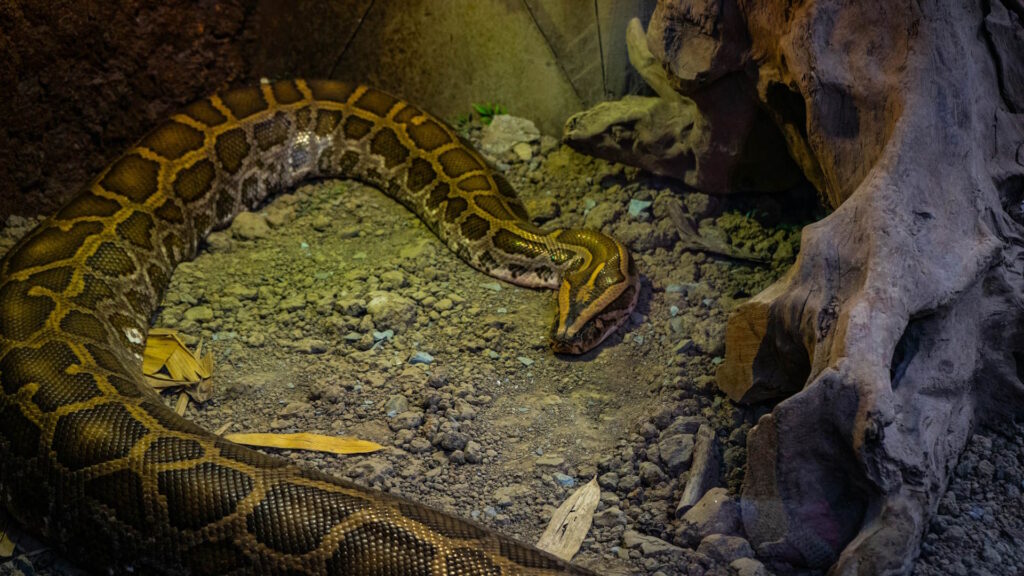
The dimensions and layout of your snake’s habitat significantly impact its stress levels. Contrary to some outdated advice, snakes need adequate space to explore, exercise, and engage in natural behaviors like climbing or burrowing depending on the species. An enclosure that’s too small can cause chronic stress as the snake feels confined and unable to express natural behaviors. Conversely, excessively large enclosures without adequate hiding places can make some species feel exposed and vulnerable. The enclosure should include multiple secure hides positioned at different temperature zones, appropriate climbing structures for arboreal species, and substrates that allow for natural behaviors like burrowing. Visual security is particularly important – tanks with glass on all sides may need partial coverings to help the snake feel secure rather than exposed.
Handling Stress: Finding the Right Balance
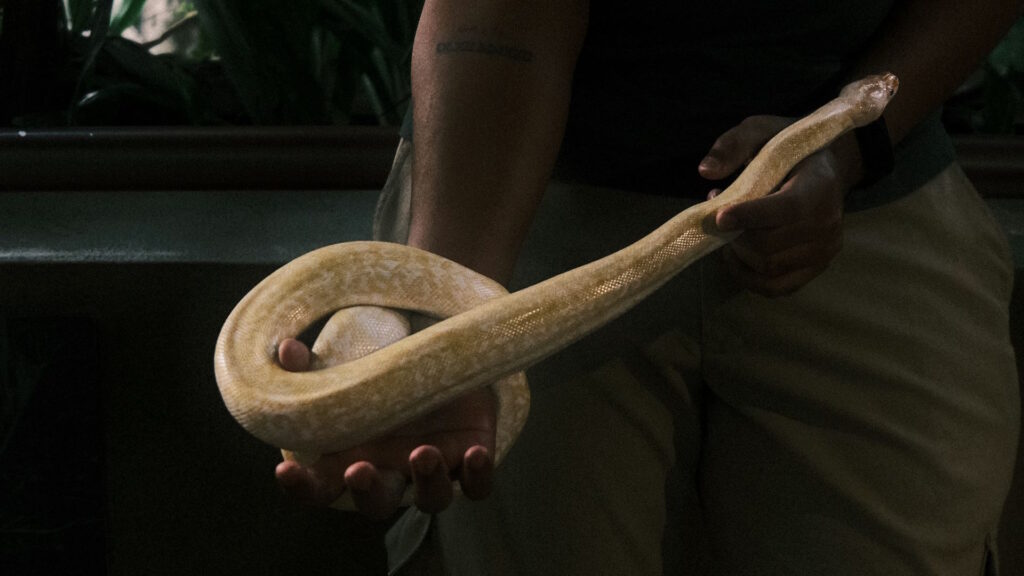
While regular handling can help domesticate many snake species, improper or excessive handling remains a significant source of stress. Each snake has an individual tolerance for human interaction, with some species generally accepting handling better than others. Signs that handling is causing stress include defensive posturing, rapid breathing, muscle tensing, or attempting to escape rapidly when touched. New snakes should be given at least a week to acclimate to their environment before any handling attempts, and sessions should initially be kept brief (5-10 minutes) and gradual. Never handle a snake during shedding, immediately after feeding, or when it appears ill. Some species may never fully acclimate to frequent handling, and forcing interaction in these cases causes unnecessary stress that can impact long-term health.
Diet-Related Stress: When Feeding Goes Wrong

Improper feeding practices contribute significantly to stress in captive snakes. Offering prey items that are too large can cause injury or regurgitation, while items that are too small may not satisfy nutritional needs. Some snakes experience stress when fed in their primary enclosure, developing cage aggression or refusing food due to the association of their living space with feeding activities. Others may become stressed when feeding schedules are inconsistent or inappropriate for their species and age. Live feeding presents particular challenges, as prey animals can injure snakes if left unattended, leading to both physical wounds and psychological stress. Developing a feeding protocol appropriate for your specific species, including proper prey size, feeding frequency, and presentation method, is essential for reducing diet-related stress.
Tankmates and Visual Stressors
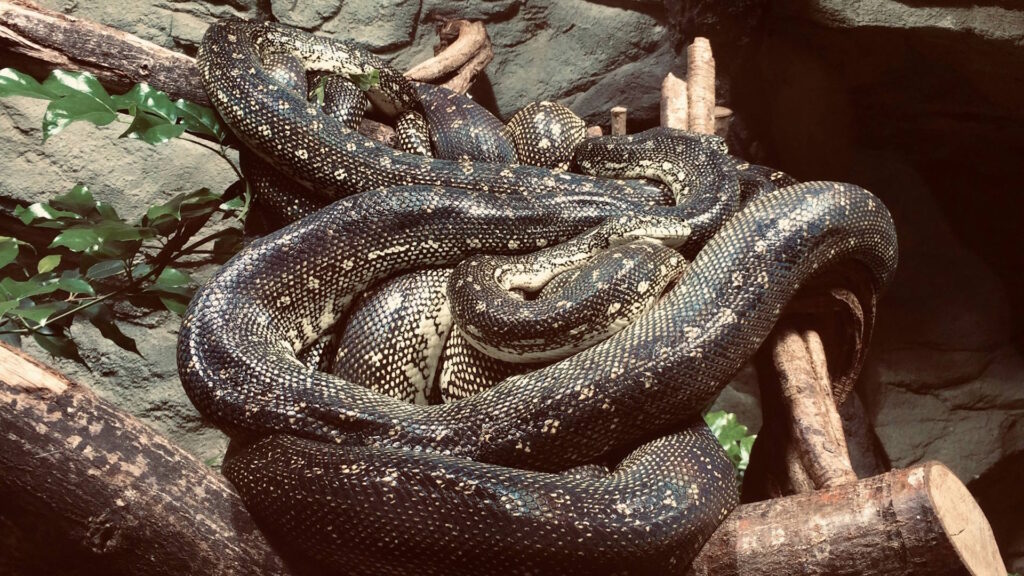
Most snake species are solitary by nature and experience significant stress when housed with other snakes or animals. Cohabitation typically results in competition for resources, potential aggression, and chronic stress even when physical confrontations aren’t obvious. Even visual exposure to other animals can cause stress, as snakes may perceive nearby movements as potential threats. Housing snake enclosures directly across from potential predators like cats or large birds can cause ongoing anxiety, even if direct contact isn’t possible. Some owners don’t realize that reflective surfaces inside enclosures might cause stress as the snake perceives its own reflection as another snake in its territory. Consider the placement of your snake’s enclosure carefully, ensuring it isn’t in high-traffic areas with constant visual disturbances or excessive noise that could contribute to chronic stress.
Addressing Stress: Creating a Recovery Plan

When you identify signs of stress in your snake, a systematic approach to remediation offers the best chance for improvement. Begin by evaluating and correcting all environmental parameters including temperature gradients, humidity levels, and habitat setup according to the specific needs of your snake’s species. Minimize handling completely until the snake shows signs of improvement, which may take weeks or even months in severe cases. Consider relocating the enclosure to a quieter area with less foot traffic and visual disturbance if external factors seem to contribute to the stress. Document any changes in behavior, feeding, or physical condition to track improvement and identify effective interventions. For persistent stress despite environmental corrections, consulting with a reptile veterinarian becomes crucial, as underlying health issues might be contributing to or resulting from the chronic stress.
When to Seek Veterinary Care
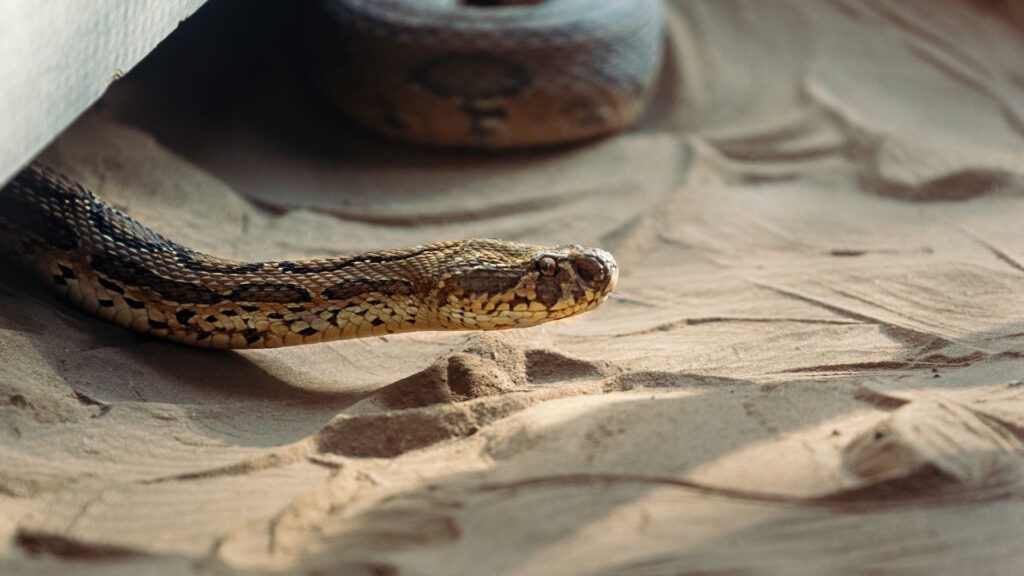
While many stress-related issues can be addressed through environmental modifications, certain situations warrant professional veterinary intervention. If your snake shows signs of respiratory infection (bubbling from nostrils, open-mouth breathing, wheezing sounds), weight loss exceeding 10% of body weight, prolonged food refusal (beyond normal seasonal fasting periods), or neurological symptoms like disorientation or abnormal movements, seek immediate veterinary care. Regurgitation that occurs multiple times, even with corrected husbandry, may indicate parasitic infections or gastrointestinal disorders requiring medical treatment. Remember that stress often suppresses the immune system, making your snake vulnerable to secondary infections or disease that may require antibiotic or antifungal treatments. Finding a veterinarian with specific reptile experience is crucial, as snake physiology and treatment protocols differ significantly from those for mammals.
Conclusion: Becoming an Attenive Snake Owner

Recognizing stress in snakes requires attentiveness, knowledge, and a willingness to adapt care practices to meet your pet’s needs. By understanding the five key signs of stress – unusual hiding, defensive behavior, feeding abnormalities, shedding problems, and abnormal body positioning – you’re better equipped to provide a nurturing environment for your serpentine companion. Remember that prevention is always preferable to treatment, making proper research about your specific species’ needs essential before bringing any snake home. Stress reduction isn’t merely about avoiding problems but about actively promoting well-being through species-appropriate care. With proper attention to environmental conditions, handling protocols, and individual needs, your snake can thrive in captivity, potentially living decades in a stress-free state that allows its natural behaviors and personality to shine through.

